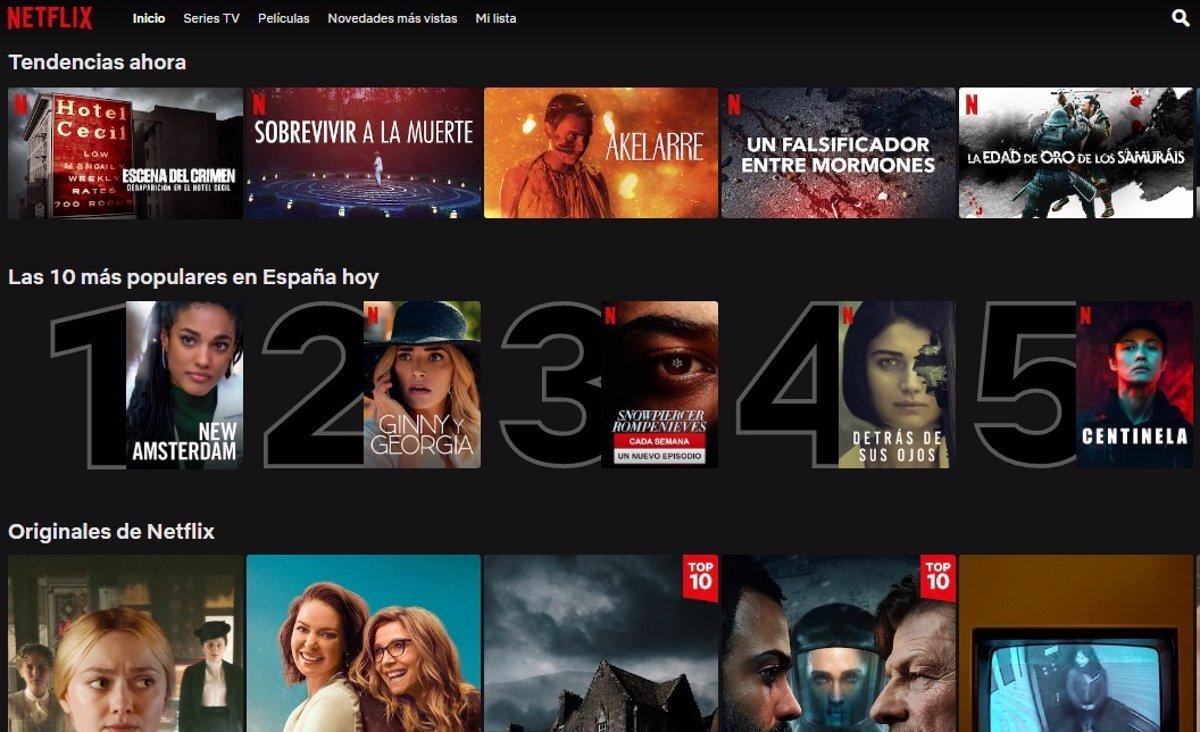In the ever-evolving landscape of digital streaming, Netflix has long been lauded for its sophisticated recommendation algorithm, designed to tailor content to individual viewer preferences. However, as the platform continues to expand its library, questions arise about the effectiveness of this algorithm in spotlighting truly hidden gems—those lesser-known films and series that might otherwise escape mainstream attention. This article delves into the mechanics of Netflix’s recommendation system, examining whether it still possesses the prowess to unearth unique and overlooked content, or if it predominantly reinforces popular trends at the expense of diversity and discovery. Through a critical analysis of user experiences and algorithmic trends, we explore whether Netflix’s once-revolutionary tool is meeting its intended mark or if it’s time for a recalibration.
Challenges in Identifying Unique Content within Netflixs Catalog
One of the main hurdles in surfacing distinctive titles on Netflix is the sheer volume of content available. With thousands of options spanning various genres and languages, the platform’s algorithm faces a daunting task in distinguishing genuinely unique offerings. The system often relies heavily on user data, such as viewing history and ratings, to make recommendations. However, this approach can inadvertently promote mainstream content while sidelining lesser-known works.
Another challenge lies in the algorithm’s focus on user engagement metrics. While this is effective for suggesting popular titles, it may not be as adept at highlighting unconventional or niche productions. Factors such as:
- Lack of detailed metadata for newer or indie films
- Bias towards recent releases over older classics
- Inadequate exploration features to discover non-trending content
can contribute to a repetitive recommendation cycle. This raises questions about the algorithm’s ability to unearth hidden gems that lie beyond the algorithmic surface.

Analyzing User Data: How Netflixs Algorithm Shapes Viewing Habits
Netflix’s algorithm is a sophisticated blend of data analysis and machine learning designed to predict and suggest content tailored to individual user preferences. By examining a variety of data points, including viewing history, watch duration, and interaction patterns, the algorithm attempts to keep users engaged with a personalized streaming experience. However, this data-driven approach often prioritizes mainstream content that aligns with popular trends, potentially sidelining lesser-known titles.
Key Factors in Algorithmic Recommendations:
- User Interaction: Frequency of pauses, rewinds, and skips can influence future suggestions.
- Viewing History: Past watched genres and titles heavily dictate what is recommended next.
- Regional Popularity: Content trending in a user’s location is more likely to be suggested.
While the algorithm excels at promoting widely appealing shows and movies, it may struggle to unearth true hidden gems that don’t fit neatly into a user’s established viewing patterns. This raises questions about whether Netflix’s reliance on user data might inadvertently limit exposure to diverse or niche content.

Balancing Popularity and Diversity: The Struggle for Equitable Recommendations
In the realm of streaming, achieving the right balance between popular content and diverse offerings is a nuanced challenge. Netflix’s algorithm, while adept at curating selections based on viewer preferences, often leans heavily on trending titles. This can lead to a cycle where mainstream choices overshadow lesser-known, yet equally compelling, films and series. The algorithm’s reliance on viewing data and engagement metrics tends to favor content that is already popular, potentially sidelining unique voices and stories that could enrich the platform’s library.
To address this, Netflix might consider refining its recommendation strategy by incorporating a broader range of criteria, such as:
- Genre Diversity: Elevating lesser-known genres to provide a wider spectrum of choices.
- International Content: Highlighting global narratives to enhance cultural representation.
- User Exploration: Encouraging viewers to explore new areas by promoting hidden gems more prominently.
By prioritizing these elements, Netflix could foster a more equitable recommendation system, ultimately enriching the viewer experience with a tapestry of both popular hits and undiscovered treasures.

Strategies for Improving Algorithmic Discovery of Underrated Titles
- Enhanced Metadata Tagging: One approach to improve the discovery of lesser-known titles is to enrich metadata tagging. By including more nuanced tags that go beyond basic genres, such as emotional tone, narrative style, and unique themes, algorithms can gain a deeper understanding of content characteristics. This allows for more precise recommendations tailored to individual user preferences.
- User-Centric Feedback Loops: Incorporating user feedback directly into the recommendation engine can be invaluable. Implementing features that allow users to indicate what they liked or disliked about a title—such as storyline, pacing, or character development—can help refine algorithmic suggestions. This creates a dynamic feedback loop, continuously improving the system’s ability to surface hidden gems.
- Collaborative Filtering with a Twist: While collaborative filtering is a staple in recommendation systems, introducing a layer that emphasizes diversity can lead to more eclectic discoveries. By prioritizing recommendations that not only match user profiles but also introduce novel, lesser-known options, viewers can be encouraged to explore content outside their typical viewing patterns.



